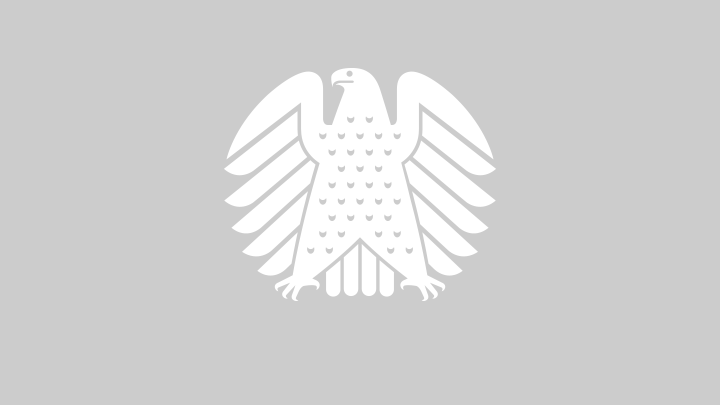From the Parliamentary Council to the most visited parliament in the world

(© German Bundestag/ Müller)
The German Bundestag met for its first constituent sitting in Bonn on 7 September 1949. Together with the constituent sitting of the Bundesrat that took place on the same day, this marked a new beginning in the west of the divided country four years after the end of the war and the defeat of the National Socialist dictatorship.
Since then, the German Bundestag has been at the centre of the Federal Republic of Germany’s democratic system. It works on the constitutional basis of the Basic Law, which was adopted on 23 May 1949 by the Parliamentary Council, the Bundestag’s predecessor.
Since 1949, there have been a total of 20 elections to the German Bundestag. On 2 December 1990, the 12th German Bundestag became the first all-German parliament to be elected following reunification. The following year, the German Bundestag decided that the seat of Parliament and the Federal Government should no longer be Bonn, but - in future - Berlin. In 1999, the German Bundestag moved into the rebuilt Reichstag Building. By 2004, three more buildings had been completed, providing office accommodation for Members and staff. The Reichstag cupola designed by the British architect Lord Norman Foster has become a new Berlin attraction, helping to make the German Bundestag the most visited parliament in the world.